HVAC fleet management: how to transport safely and on time
Ryan Miller
April 4, 2025

HVAC companies report that each vehicle in their fleet travels 12,000 to 15,000 miles annually. That’s a lot of road time—and a lot to keep track of when it comes to fleet management.
In this article, we’ll discuss what HVAC fleet management means and why it matters. We will also explore virtual fleet management solutions for HVAC companies.
Watch how Curri helps HVAC companies reduce fleet costs with our nationwide industrial fleet and TMS platform.
What is HVAC fleet management?
HVAC fleet management is how you take care of the trucks and drivers that move your HVAC equipment and parts. It includes things like planning routes, keeping up with fleet maintenance, and making sure deliveries are on time.
If you run an HVAC business, you know how quickly problems can arise. Trucks break down. Drivers run late. Expensive equipment gets damaged. All of this can slow down your jobs and cost you money.
Here’s what fleet sizes look like in the HVAC industry:
- Industrial HVAC companies use about twelve trucks on average.
- Commercial and institutional companies run around nine trucks.
- Residential HVAC companies usually have eight trucks.
Curri is the #1 delivery network nationwide that provides virtual fleet solutions for the HVAC industry. Our on-demand service is fast and gives you access to the vehicles and drivers you need—without the overhead of owning your own trucks.
Why HVAC equipment transport requires specialized handling
Standard shipping methods don’t always cut it for HVAC equipment. A mistake during loading or delivery can lead to cracks, dents, or internal damage that isn’t always visible immediately.
Size, weight, and delicacy of HVAC units
HVAC units can be large and heavy. A typical residential central air conditioning unit weighs between 150 and 300 pounds and measures around 2 to 4 feet wide. Commercial rooftop units (RTUs) can weigh 500 to over 2,000 pounds.
To move them safely, you may need:
- Liftgate trucks for safe loading and unloading
- Pallet jacks and dollies to move units without dragging or tipping
- Straps and load bars to keep equipment from shifting during transit
- Forklifts or cranes for heavy commercial equipment
Risks of damage during transport
The internal HVAC parts can get damaged if they’re dropped, scratched, or handled incorrectly. Coils can bend, wiring can loosen, and refrigerant lines can break.
That’s why Curri takes HVAC transport seriously. We back up our quality driver network with up to $250,000 of coverage for every delivery you send with us. Your equipment is protected from pickup to drop-off.
Benefits of a virtual fleet for nationwide HVAC shipping
A virtual fleet gives you a smarter, faster way to ship HVAC equipment without the overhead. Here are some key benefits to consider:
Faster response times
When you rely only on your own trucks, you’re limited by availability. If all your drivers are tied up or your vehicle is in the shop, you must delay deliveries or scramble for a backup. Plus, scheduling around traffic, maintenance, and employee time off adds more delays.
A virtual fleet gives you access to a large pool of drivers and vehicles without the limits of your own fleet.
With Curri’s fleet optimization, you don’t have to wait. We offer hotshot trucking services at the push of a button. Local hotshot deliveries are often completed within a few hours, on the same day they’re ordered.
Just enter your pickup and drop-off locations, choose the right vehicle, and give a few delivery details. We’ll assign an expert Curri driver to handle your job.

Reduce fleet vehicle expenses
A leased vehicle can cost around $12,000 annually, while buying one outright can run as high as $34,000. That’s just for the vehicle itself.
Now, add on the extras:
- Fuel Costs: Prices vary, but fuel is a constant expense that grows with each mile.
- Maintenance and repairs: Oil changes, tires, brake jobs, and unplanned breakdowns.
- Insurance: Commercial vehicle insurance isn’t cheap, especially for a full fleet.
- Drivers: You’ll need to pay wages, benefits, and possibly overtime.
- Fleet management: Software for tracking routes, scheduling jobs, and handling breakdowns.
With a virtual fleet like Curri, you skip all those ongoing maintenance costs. You only pay for what you use and when you use it. No trucks to maintain, no drivers to manage, and no surprise repair bills. It’s a smarter approach that improves efficiency and supports sustainability.
Better customer service
When your deliveries are late or delayed, your customers feel it. They’re waiting on installs, repairs, or replacement parts—and if you're stuck without a truck or running behind, it slows everything down. That’s where a virtual fleet gives you the edge.
With Curri, you can schedule fast, reliable deliveries on demand. That means:
- No waiting around for your own truck to get back
- No rescheduling of installs due to missing parts
- No excuses for delays
The live tracking feature also updates you and your customer in real time (like in the image below). It makes sure of on-time delivery every time, whether it's a small package or large courier HVAC equipment.

Increased technician accountability
When your technicians are waiting on parts or hauling equipment, it’s hard to track where the delays are happening. A virtual fleet management system for HVAC companies solves that.
Here's how it helps:
- Parts and units show up when needed, so technicians stay productive.
- You know exactly when materials are picked up, in transit, and delivered.
- Techs can’t blame delays on supply runs.
Expanded service area and market share
Owning a fleet limits how far you can go. You’re tied to your base, drivers, and truck availability.
For example, if a heating and cooling company is based in Texas but serves customers across the country, it doesn’t make sense to manage a fleet in every state. Instead, they can use Curri’s nationwide driver network to deliver HVAC equipment wherever it is needed. No need for extra vehicles, warehouses, or added payroll.
Features to look for in HVAC fleets
Real-time GPS tracking
Real-time GPS tracking gives you full visibility from pickup to drop-off. You can see routes, delivery status, and estimated arrival times on the map (like in the image below). You’ll always know where your equipment is and when it will arrive.
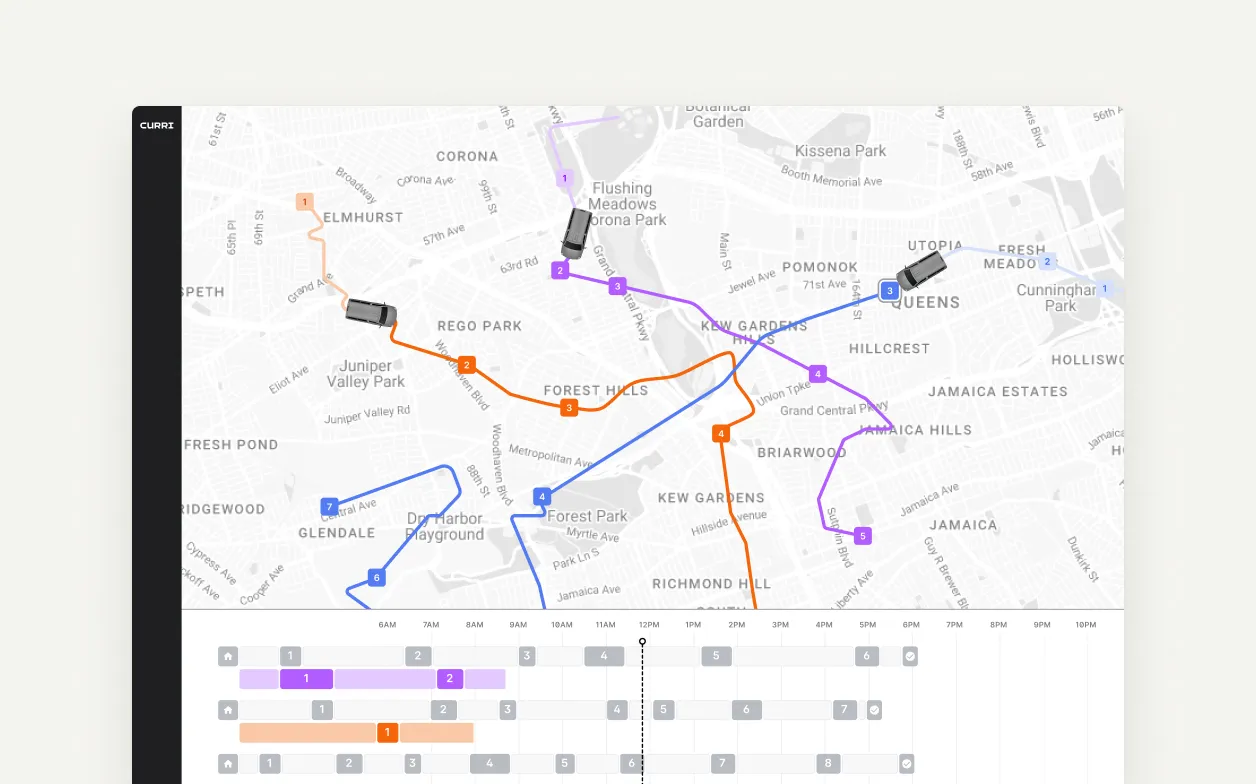
Route optimization
Efficient routing is key to saving time, fuel, and money—especially when you’ve got multiple stops or jobs in a day. With route optimization tools, you can plan smart routes based on location, time windows, and delivery priorities.
Instead of guessing the best route, Curri helps you draw custom zones, assign drivers, and organize delivery runs that make sense. Everything is set up to reduce mileage and boost productivity.

What customers say about Curri’s route optimization and fleet tracking:
“Route planner has helped us become more efficient with how we utilize our drivers. Multiple users can contribute persistent data, forming solid record keeping. Having time-stamped PODS with coordinates has been a game changer.”
— Matt Hammond, Ops Manager, Greentech RENEWABLES
Integration tools
Integration matters for HVAC businesses that rely on software to run daily operations.
Many companies use ERP systems and other platforms to keep everything organized. But you do double the work if your delivery process doesn’t connect with those tools.
You can connect Curri to your ERP system, helping you sync orders, inventory, and shipping details without extra steps. No need for manual data entry or switching between platforms.
Curri integrates with:
- UPS
- FedEx
- Azure
- Monday.com
- MercuryGate and more.
Reporting and analytics
If you can’t measure it, you can’t improve it. Reporting and analytics are key features in any HVAC fleet system.
Here’s what you can track:
- Delivery times: See how fast jobs are completed
- Driver performance: Monitor punctuality and reliability
- Distance traveled: Track mileage and fuel usage
- Cost per delivery: Break down your spending by job or route
- Proof of delivery (PODs): Time-stamped with exact drop-off location
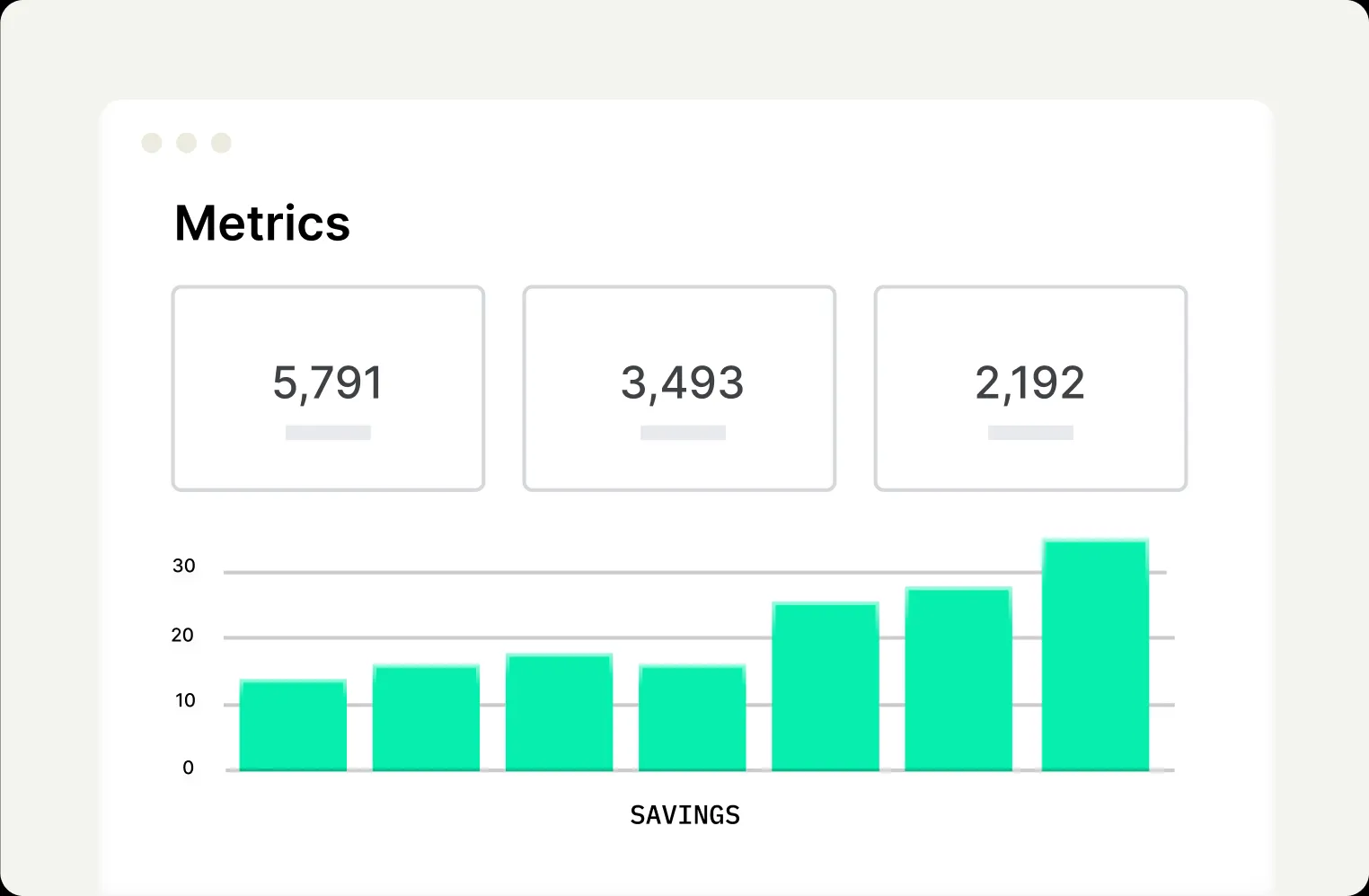
How Curri’s fleet supports HVAC businesses
When you’re on the job as a technician, the last thing you need is to wait for parts or equipment. Curri makes it simple to get your HVAC deliveries sent directly to the job site—fast and safe.
On-demand nationwide network
Curri’s flexible fleet network gives HVAC businesses access to vehicles of every function, shape, and size—ready to handle any type of delivery.
Our on-demand network includes:
- Cargo vans: Ideal for small to medium-sized boxes, fittings, and electrical parts
- Sprinter vans: Perfect for delivering appliances and larger boxed items
- Box trucks: Great for pallets, packaged systems, or bulky air handlers
- Flatbeds & stakebeds: Best for long or irregular loads like ductwork or bundled pipe
- Hotshot trailers: For urgent heavy hauls up to 16,000 lbs
- Dry vans & flatbed trailers (48'-53'): Used for full-scale commercial HVAC shipments across long distances
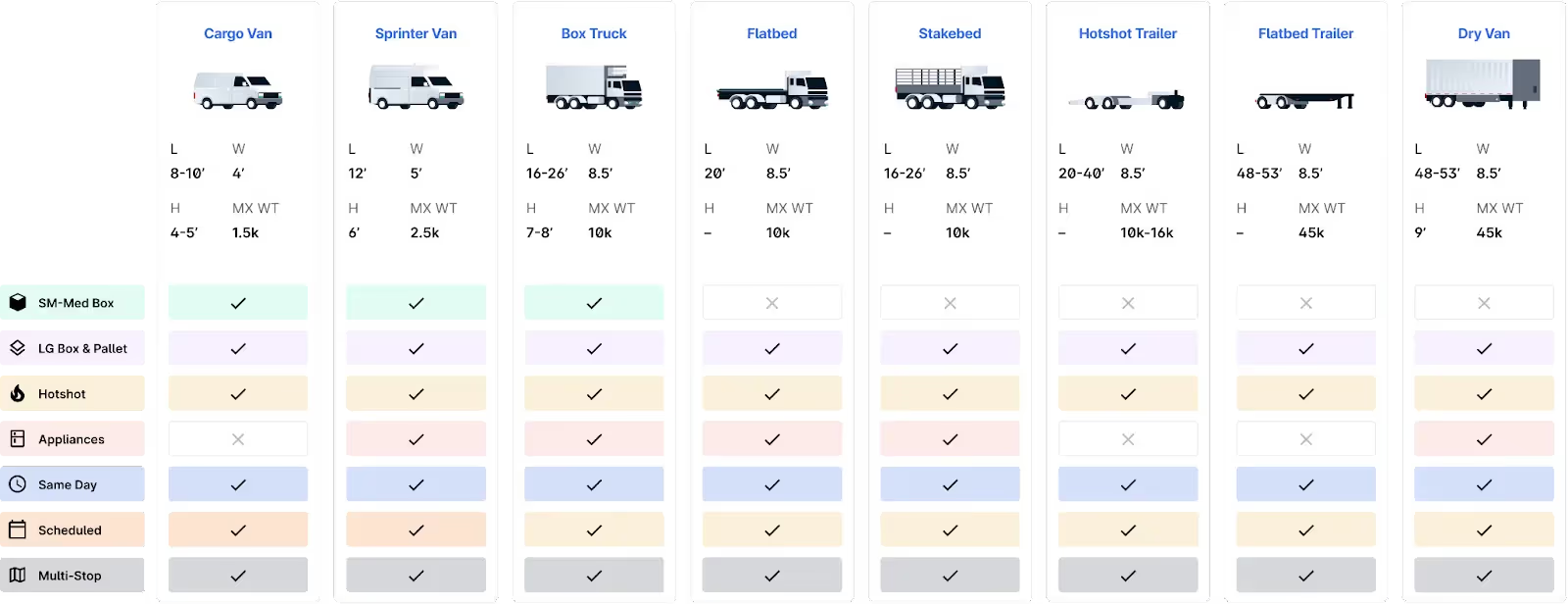
AM/PM Plumbing & Heating Supply cut delivery costs by 50% and grew emergency job sales by 10% within a year using Curri Hotshots.
With Curri, they expanded their delivery radius by 250 miles and eliminated the need to rely on in-house drivers and trucks.
Same-day or scheduled delivery options
Curri gives HVAC businesses access to a nationwide fleet with same-day delivery. Whether you need to move a single unit across town or multiple pallets across the state, our driver network is ready when you are.
Need more than just a quick drop-off? We also offer dedicated trucking services for larger or ongoing jobs, perfect for:
- Multi-stop commercial HVAC installs
- Construction site equipment staging
- Regular delivery routes between warehouses and branches
- Full-day or multi-day projects that require a committed vehicle and driver
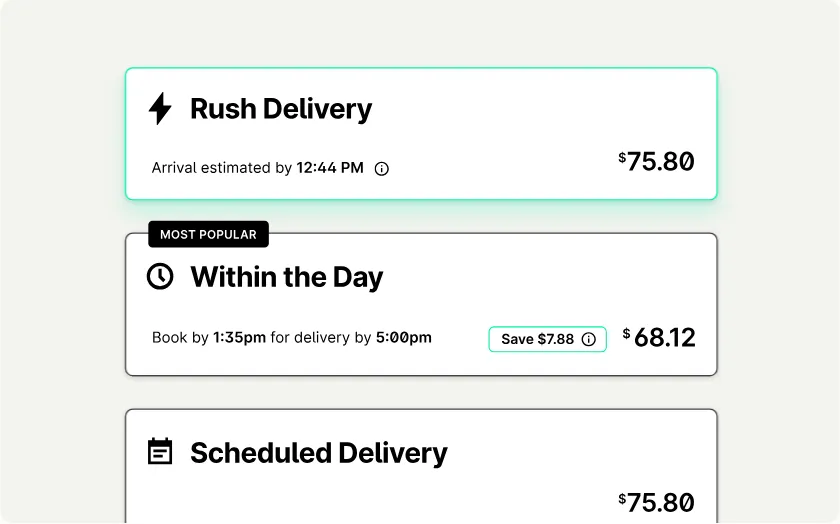
Experience with HVAC-specific logistics
Every driver in our network is fully vetted before touching a load. After onboarding, they go through embedded training that covers driving behavior along with:
- Safe load handling for HVAC equipment
- Proper securing techniques for pallets, units, and long materials
- Job site delivery etiquette
- On-time performance and communication
We also run performance checks to make sure each driver follows our Driver Community Guidelines for safety, professionalism, and timeliness.
See how Curri’s fleet fits into your delivery operations
Curri's on-demand delivery service is built for distributors and manufacturers in the HVAC industry. We are trusted nationwide by HVAC businesses large and small.
If you're looking for an affordable, same-day solution for your delivery operations, you're in the right place. Curri doesn't have any sign-up costs or monthly charges. You only pay for the deliveries you order.
Ready to get started? We're ready to get to work. Take Curri for a test drive today!
Frequently asked questions about HVAC fleet management
How many vehicles do I need to manage an HVAC fleet?
It depends on the size of your business and how many service calls or deliveries you handle daily. Most residential HVAC companies operate with about eight vehicles.
What types of vehicles are best for HVAC deliveries?
The type of vehicle depends on what you’re moving. For parts and small equipment, cargo vans and sprinter vans work well. For large units, pallets, or bundled pipe, you’ll need flatbeds, box trucks, or trailers.
What is the difference between last-mile and middle-mile delivery?
Last-mile delivery is the final trip to the job site, usually from a warehouse or distribution center. Middle-mile delivery happens between hubs—like from a manufacturer to a distributor.
.avif)










-min.avif)

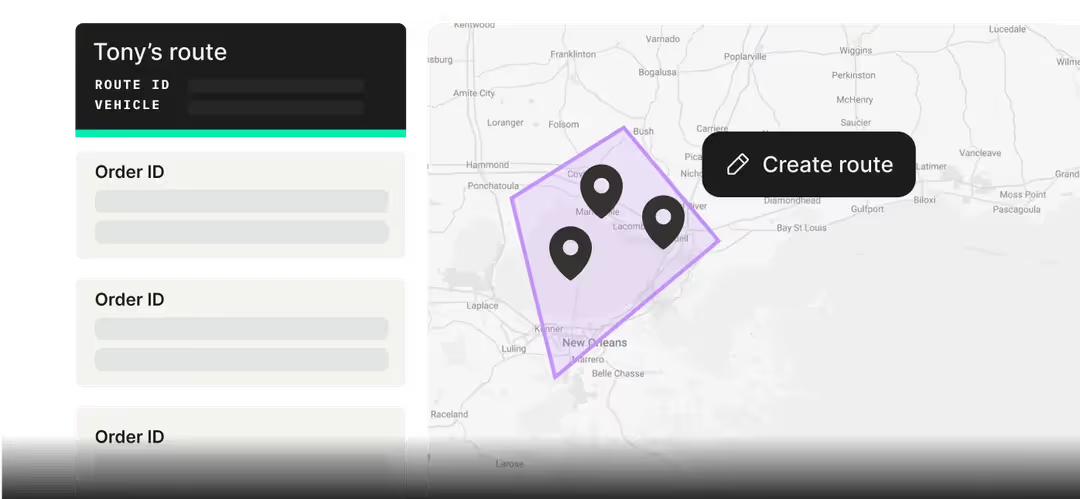

-min-min-min.avif)



.jpeg)
-min.jpeg)


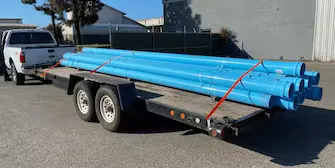
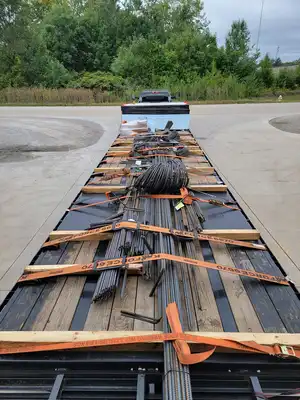


-min.webp)
.webp)


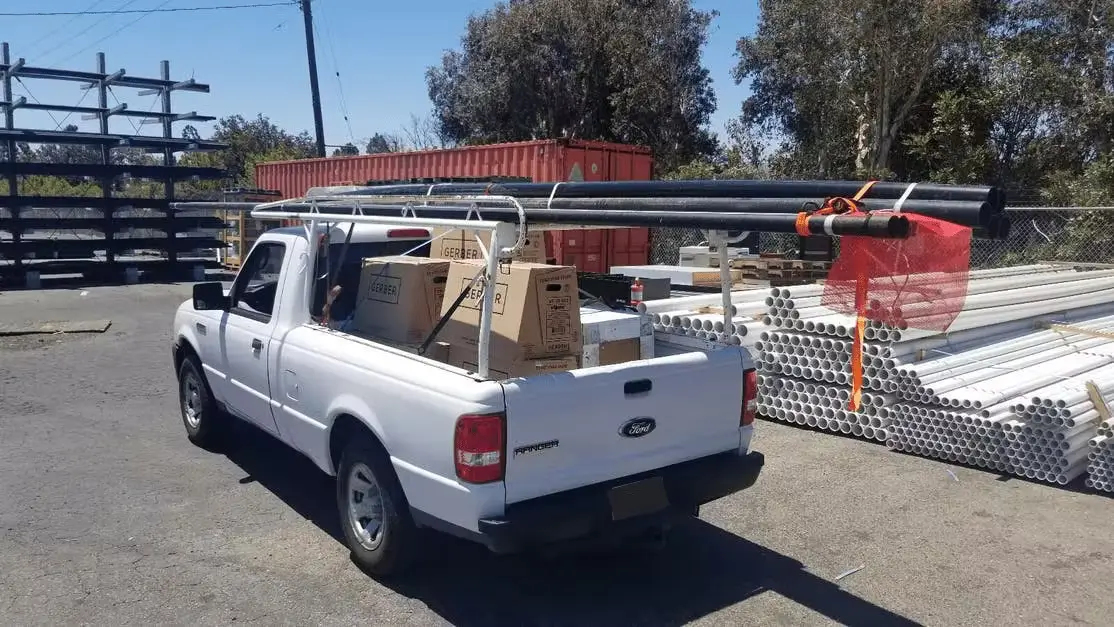

.webp)

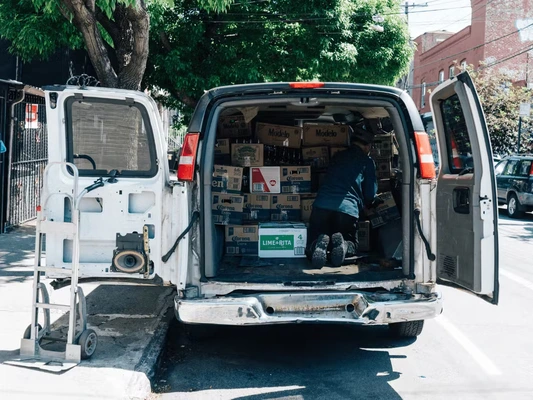


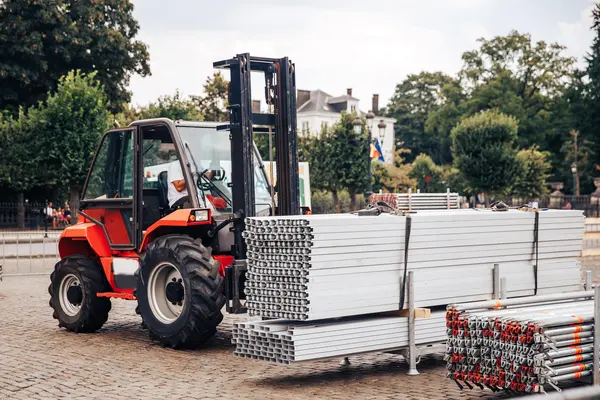
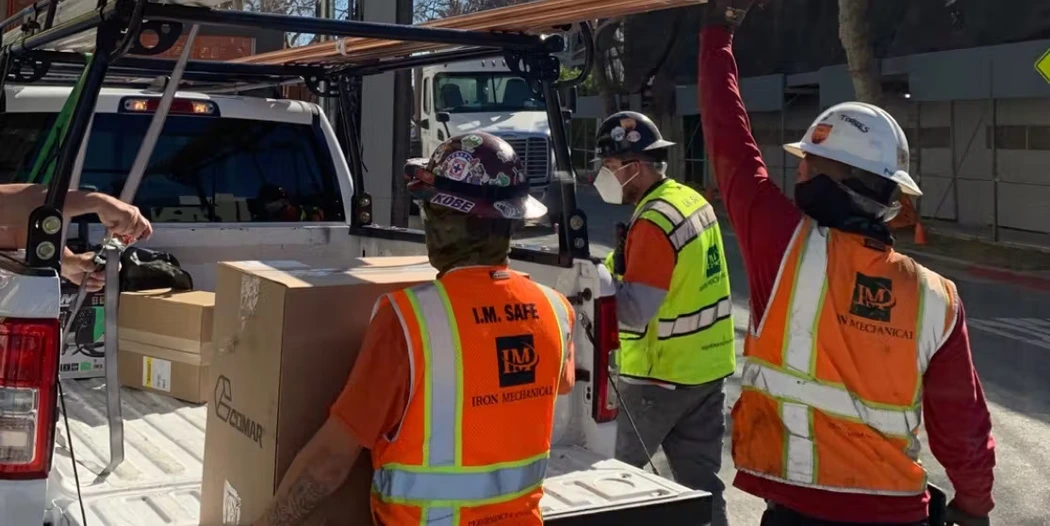
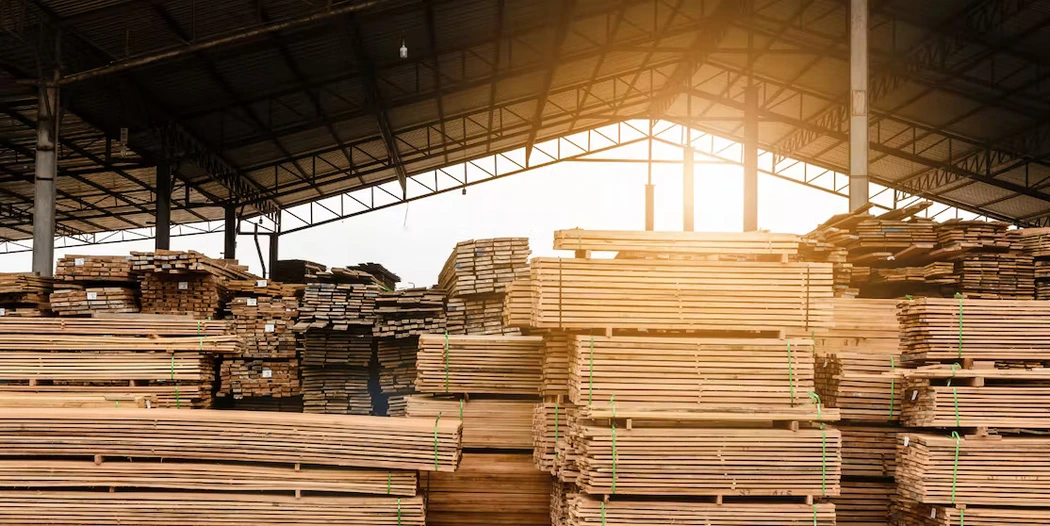





.webp)
-min.avif)


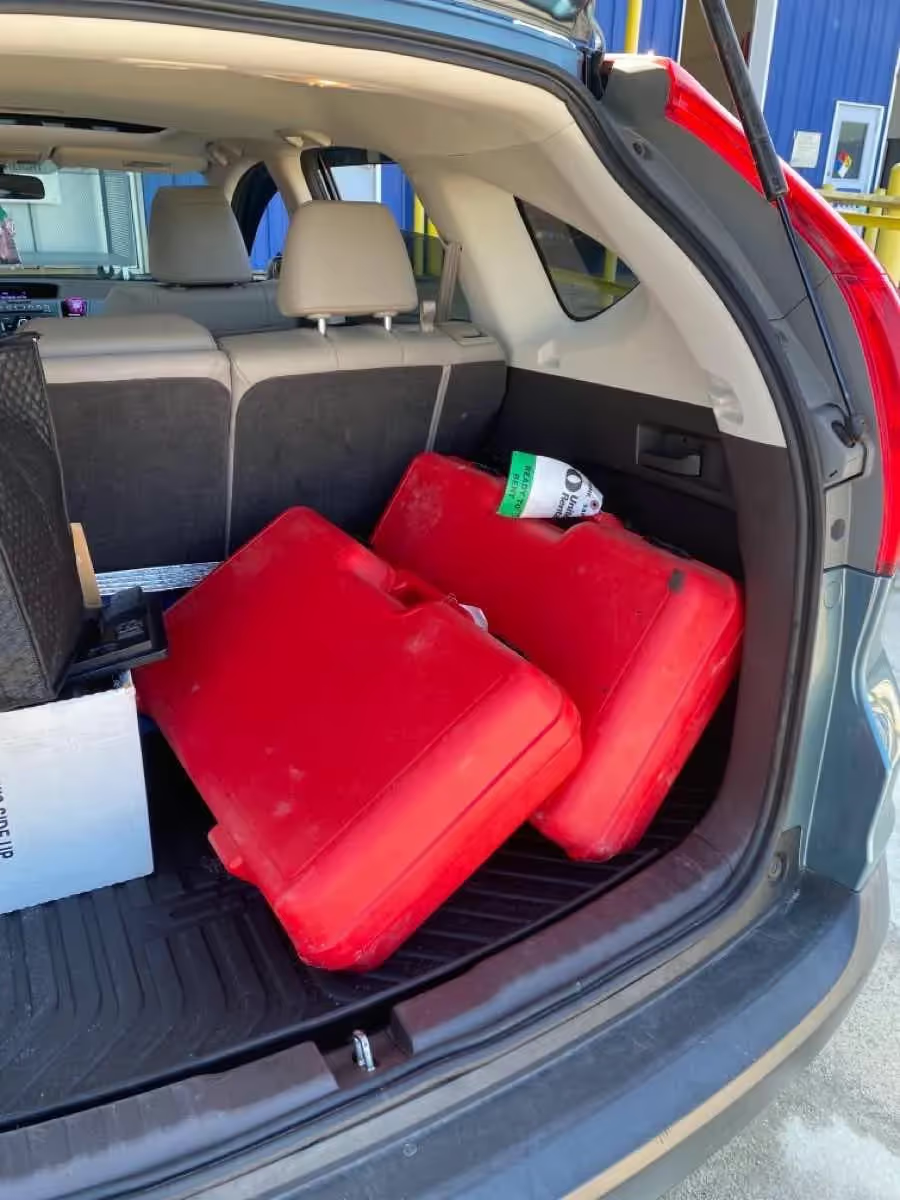

-min%2520(1).avif)





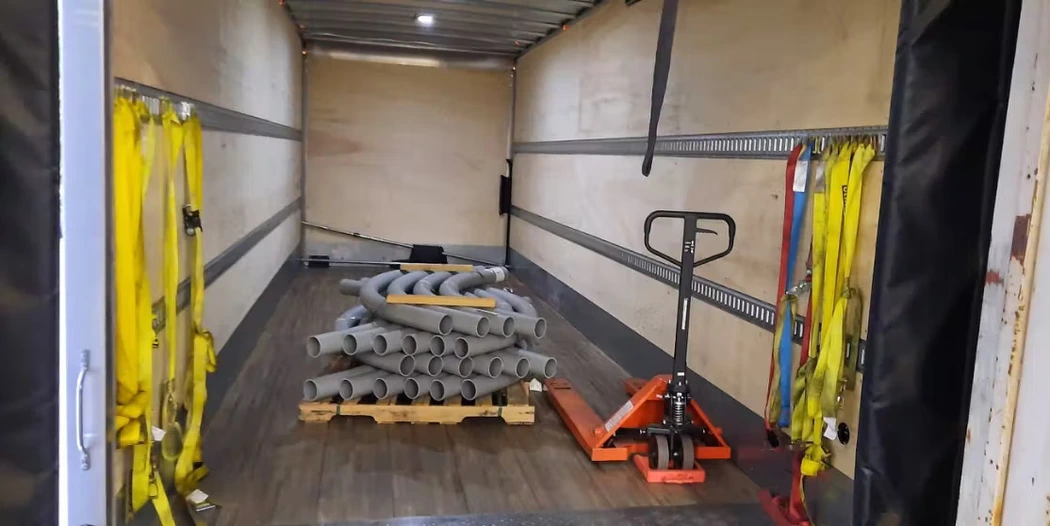
.avif)
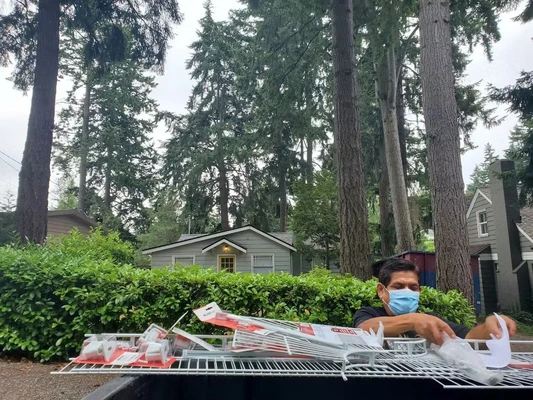



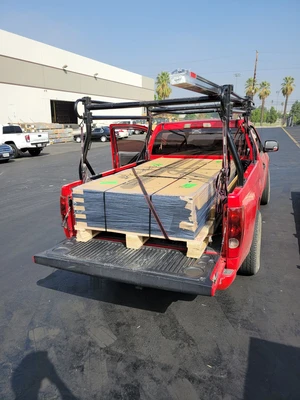
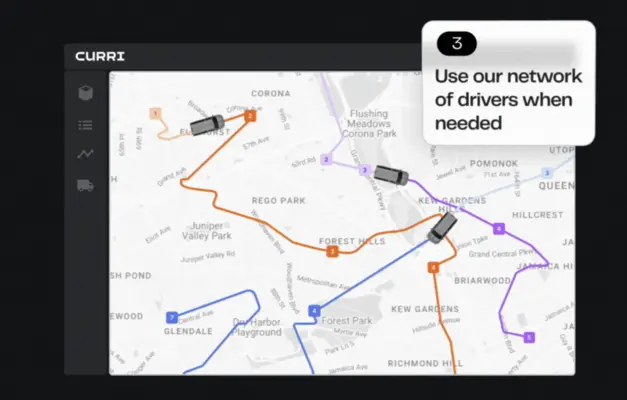


-min.avif)



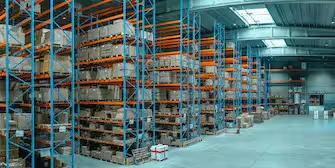

.webp)
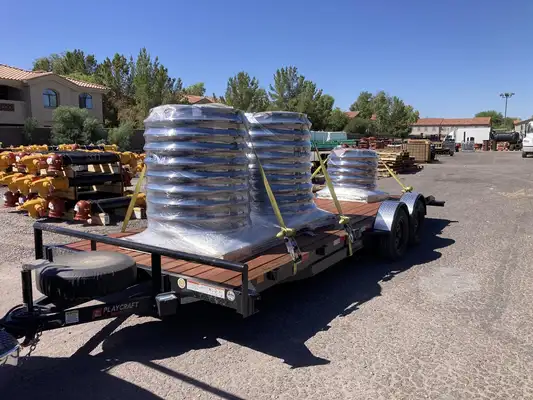
.webp)


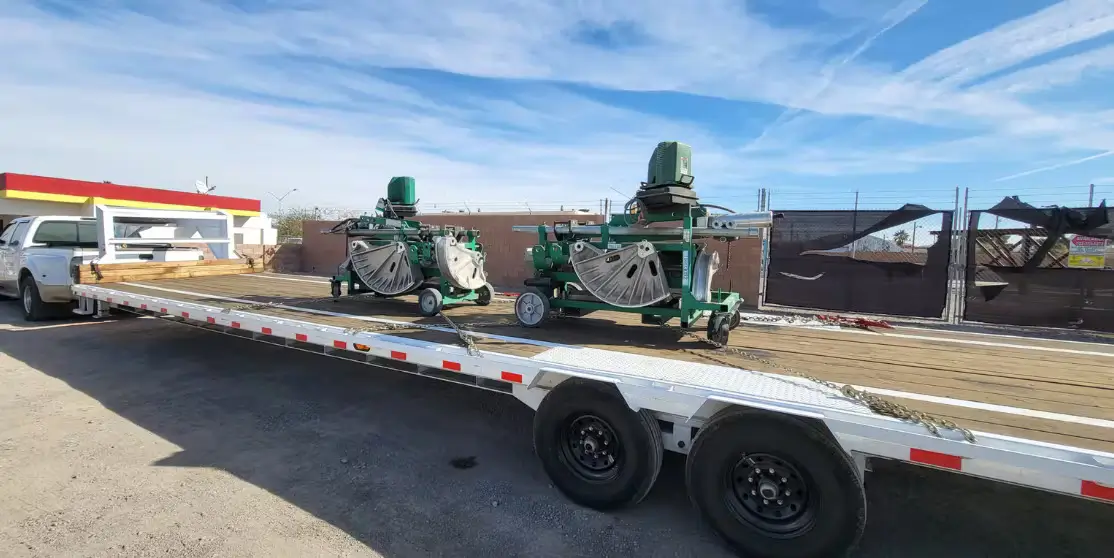
-min.avif)

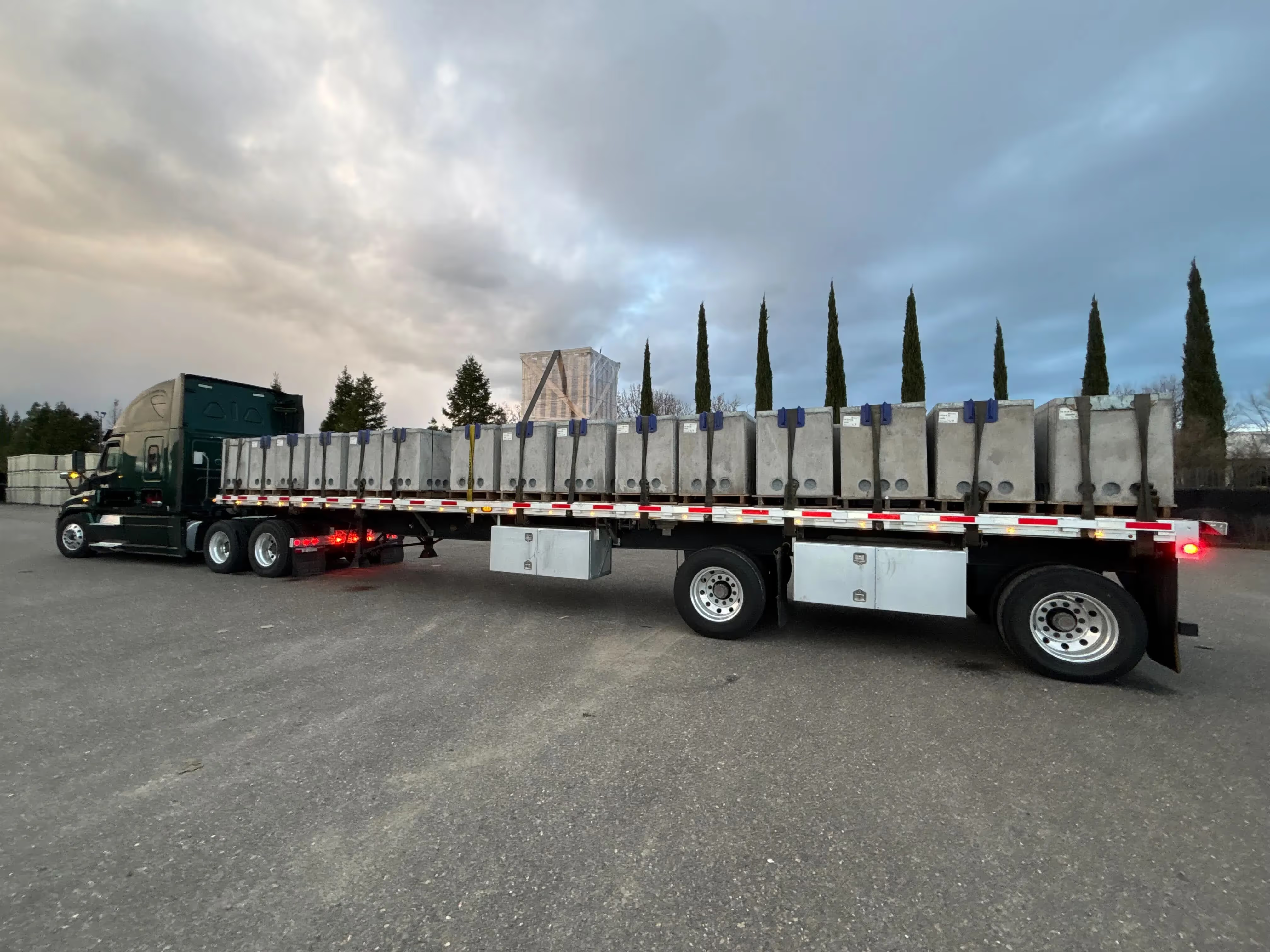


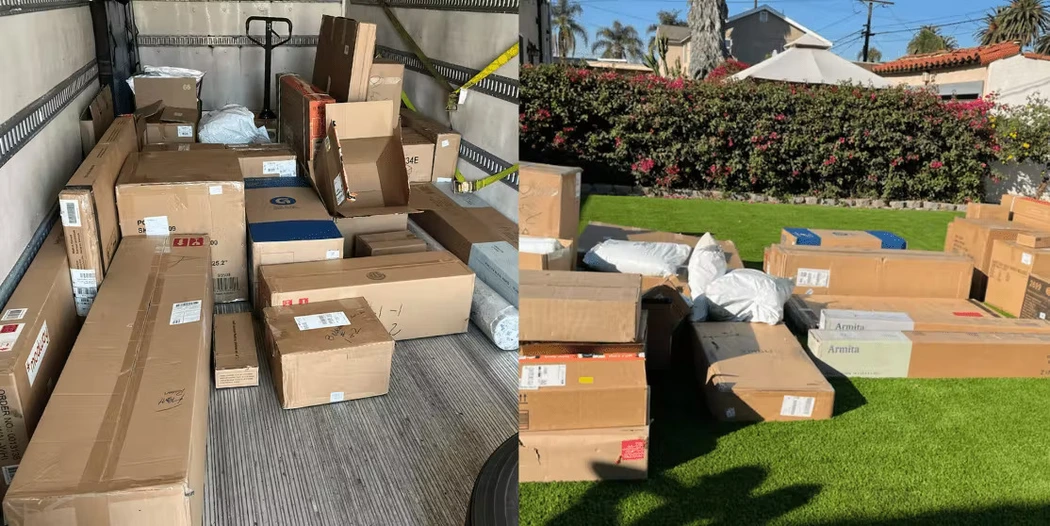
-min.webp)

.webp)
-min.webp)



.webp)

.webp)
.webp)

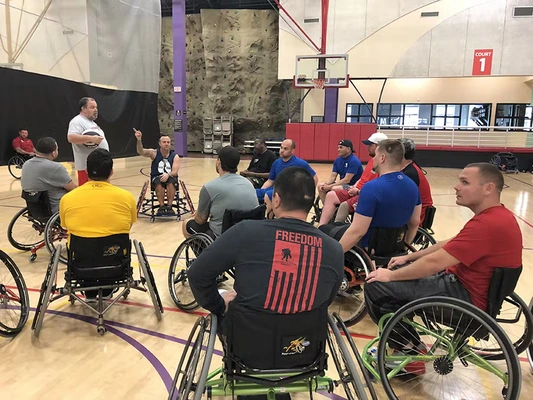
.webp)




-min.webp)

.webp)
.webp)